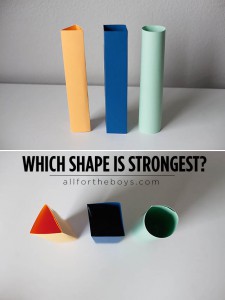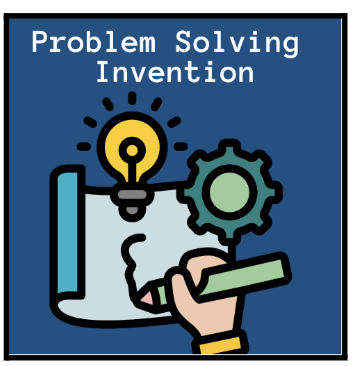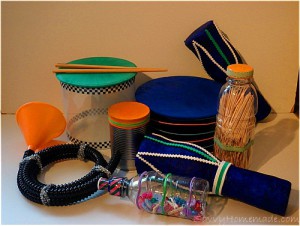 Are you ready for a fun cardboard box building challenge? Grab a box, scissors and tape, and a few other item, and let’s get started! With just these three materials, you can create,well, anything you want!
Are you ready for a fun cardboard box building challenge? Grab a box, scissors and tape, and a few other item, and let’s get started! With just these three materials, you can create,well, anything you want!
Spark your thinking!
1. Set up your STEAM mini spark recording page: STEAM Challenge: Cardboard Box
2. Look over your STEAM Challenge:

3. Make a sketch of what your project will look like and any ideas that you have. Add a picture of your sketch to your recording page.
4. Gather the materials you will need. Ask an adult to help you find a cardboard box if necessary.
5. Take a picture of your supplies before you start. Add the picture to your recording sheet.
6. Take a picture of you final project at add it to your recording sheet. Explain your project, what you did well on this challenge and where you can improve.
7. Share your STEAM mini spark recording page with your teacher/EY coordinator.
Check out the Cardboard Challenge badge at the EY Website.


 One of my favorite pictures books is
One of my favorite pictures books is 
 In the STEAM mini spark, learn about inventors. The USPTO collection cards show goofy caricatures of inventors! They’re made to celebrate all kinds of inventors from different backgrounds.
In the STEAM mini spark, learn about inventors. The USPTO collection cards show goofy caricatures of inventors! They’re made to celebrate all kinds of inventors from different backgrounds.



 The Battle of the Books is a quiz-bowl competition where students work on teams to read books from this year’s list.
The Battle of the Books is a quiz-bowl competition where students work on teams to read books from this year’s list.

